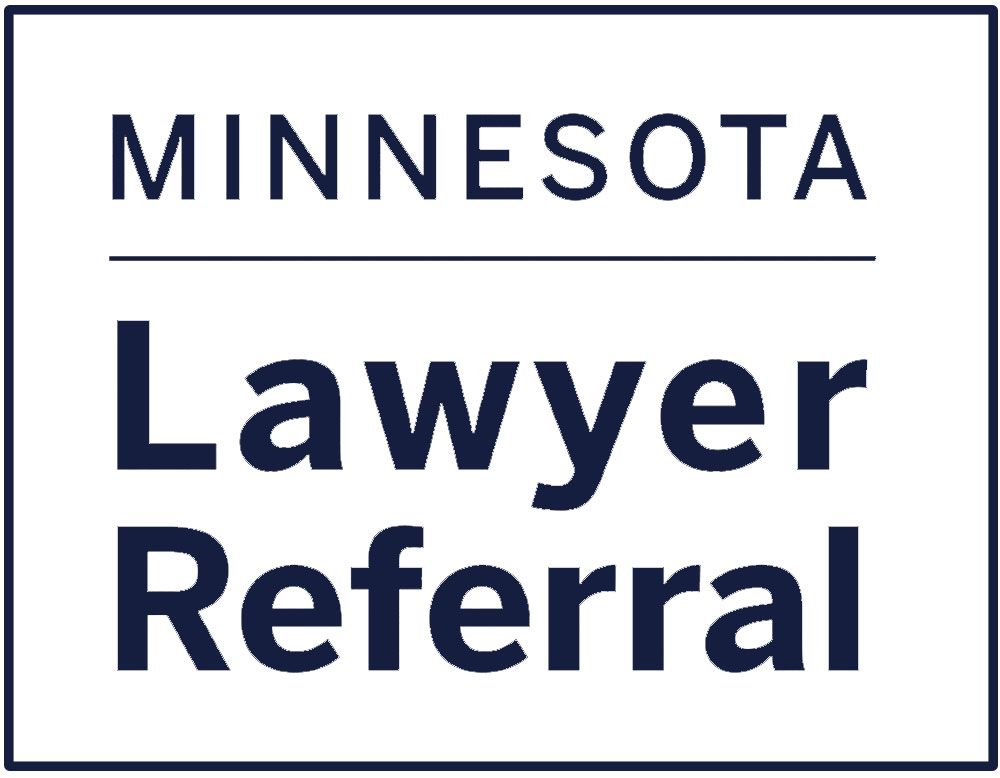
Security deposits are often a source of tension between landlords and tenants in Minnesota.
Disputes can arise when tenants feel they are unfairly denied the return of their deposit or when landlords believe the security deposit is justifiably withheld due to damages.
Knowing the rules governing security deposits in Minnesota can help both parties understand their rights and obligations and avoid unnecessary conflict.
Legal Requirements for Security Deposits in Minnesota
Minnesota law provides clear guidelines on how landlords must handle security deposits. These rules are outlined in Minnesota Statutes, Section 504B.178, and provide specific protections for tenants.
Maximum Deposit Limits
Unlike some states, Minnesota does not place a cap on the amount of a security deposit a landlord can require. However, some cities, including Minneapolis, impose limits – like no more than one month’s rent.
Landlords in parts of the state without specific limitations are free to request an amount they deem appropriate, often equivalent to one or two months’ rent.
Returning the Security Deposit
Under Minnesota law, landlords must return a tenant’s security deposit within 21 days after the tenant vacates the rental unit. This 21-day period begins once the tenant has moved out and returned the keys and it also applies whether or not the tenant requests the deposit.
If the landlord decides to withhold any portion of the deposit, they are required to provide a written explanation detailing the reasons for the deductions. This written notice must be sent within the same 21-day period.
Interest on Security Deposits
In Minnesota, landlords are required to pay simple, non-compounded interest on security deposits. The interest rate is set by the state and must be included in the amount returned to the tenant. Even if the security deposit is withheld due to damages, landlords must pay interest on the portion they retain.
Normal Wear and Tear vs. Damage
One of the most common causes of security deposit disputes is the difference between normal wear and tear and damage. Minnesota law allows landlords to withhold part or all of a security deposit to cover the cost of repairing damages caused by the tenant. However, landlords cannot withhold money for normal wear and tear, which is considered part of the natural aging process of the rental unit.
What Is Considered Normal Wear and Tear?
Normal wear and tear refers to the expected deterioration that occurs as a result of living in a space over time. Examples of normal wear and tear may include:
● Faded paint or wallpaper
● Small nail holes or pinholes in walls
● Carpet wear in high-traffic areas
● Worn grout between tiles
● Loose door handles or window latches
These are considered reasonable and unavoidable outcomes of everyday living and, under Minnesota law, the tenant is not responsible for covering the cost of repairs for such conditions.
What Constitutes Damage?
Damage, on the other hand, refers to issues that go beyond ordinary wear and tear and are typically caused by neglect, misuse or intentional actions of the tenant. Common examples of damage include:
● Large holes in walls
● Broken windows or doors
● Stains or burns on carpets
● Water damage from improper use of plumbing fixtures or neglect
● Missing appliances or fixtures
In these cases, landlords are permitted to use the security deposit to cover the costs of repair, replacement or cleaning.
What Tenants Can Do if Their Deposit Is Withheld
If a tenant believes that their landlord has wrongfully withheld their security deposit, they have several options to resolve the dispute.
Contact the Landlord
Before taking legal action, it is often a good idea to reach out to the landlord directly. Tenants can request an itemized list of deductions (if one was not already provided) and ask for clarification on any charges they believe to be unfair. In some cases, disputes can be resolved through open communication.
Send a Demand Letter
If informal communication with the landlord does not result in a resolution, tenants can send a formal demand letter requesting the return of their security deposit. This letter should outline the tenant’s legal right to the deposit, reference the Minnesota statutes and give the landlord a specific deadline to comply, usually around 14 days.
File a Lawsuit in Conciliation Court
If the landlord still refuses to return the deposit after receiving a demand letter, tenants have the option to file a lawsuit in conciliation court (small claims court). In Minnesota, tenants can sue for up to $20,000 in conciliation court, which covers most security deposit disputes.
If the court finds that the landlord wrongfully withheld the deposit, the tenant may be entitled to the return of the full deposit, damages equal to the amount withheld plus interest, potentially up to $500 of punitive damages for each deposit and court costs. Minnesota law is designed to discourage landlords from improperly withholding security deposits, and the potential for additional damages serves as an incentive for landlords to comply with the law.
Can a Landlord Keep a Security Deposit Due to Normal Wear?
No, landlords cannot keep a security deposit due to normal wear and tear. However, if a landlord improperly claims wear and tear as damage and withholds part or all of the deposit, tenants are within their rights to challenge that decision, potentially through legal action.
Need Legal Assistance for Your Security Deposit Dispute in Minnesota?
If you are facing a security deposit dispute and need legal assistance, our referral counselors at the Minnesota Lawyer Referral and Information Service can help you find a qualified local attorney.
Connect with us today or give us a call at (612) 752-6699.




